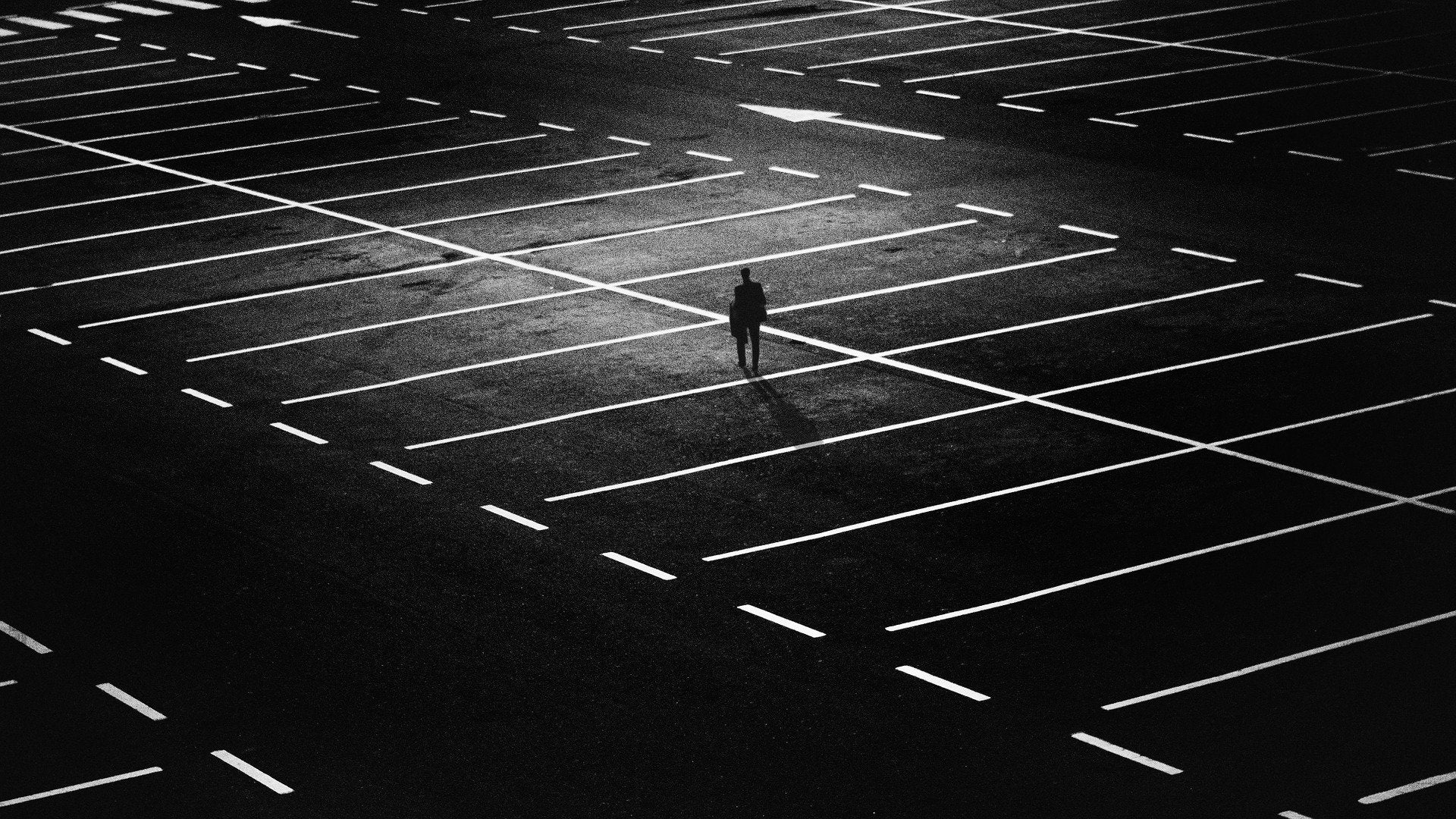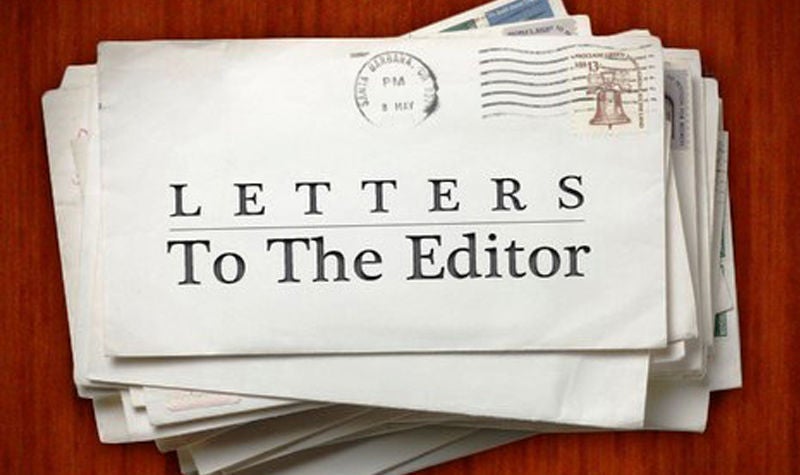Do your town’s parking lots sit empty even on Black Friday? Here Are Four BETTER Uses for Them.
Published 12:56 pm Saturday, November 30, 2019
By Charles L. “Chuck” Marohn Jr.
November 29 will be here before you know it. For many people, Black Friday is about getting up early and fighting crowds to score the best holiday deals. But for readers of Strongtowns.org it means something very different—it’s a day set aside to capture photographic evidence that even on the busiest shopping day of the year we don’t need the miles and miles of asphalt dictated by local governments’ minimum parking mandates.
Communities have a finite amount of land, and forcing them to waste it on unnecessary parking makes no sense. Not only do all these parking spaces ruin the vitality of cities, they don’t even serve their purpose on Black Friday. It’s time we walk back these laws and find a better use for our land than unused parking spaces.
Here are just a few of the reasons that parking minimums are harmful for communities:
- They shut out small businesses and tip the advantages to large corporations with deep pockets.
- They impact housing availability and force developers to pass the costs on to tenants.
- They price out viable development projects.
- They drastically impede walkability.
- The parking they require is expensive to build and maintain.
Each year, Strong Towns hosts a #BlackFridayParking Challenge to highlight the harm caused by minimum parking requirements. To participate, people snap photos of the largely empty parking lots in their town and upload them to Twitter, Facebook, or Instagram with the hashtag #BlackFridayParking. This event fuels the non-profit’s movement to convince cities to stop paving over America and find better solutions for the land being used (or rather, NOT being used) for parking. Click here for some photos from last year’s #BlackFridayParking challenge.
It’s not just about the harm caused by unneeded parking lots. It’s about what cities are not doing with that space that would serve citizens far better.
In honor of the #BlackFridayParking challenge, here are some alternate uses for your city’s unused parking spaces. Each of these creative ideas can transform a liability into an asset.
Transform unused parking lots into parks, plazas, or gardens. These spaces not only beautify urban areas, they give the public places to relax, unwind, and play in a natural setting. A good rule of thumb is to have a park or plaza space roughly each quarter of a mile. This distance means that parks will be a five-minute walk from one another—and that every home, office, and storefront has a “backyard” nearby to enjoy.
Click here to read about a city council member from Walnut, California, who used “tactical urbanism” techniques to build a “pocket park” in his own municipal parking space.
Build new housing. Large parking lots next to retail facilities are the perfect spot for multifamily housing developments. Placing dense housing adjacent to retail mutually benefits residents and retailers. Retailers gain a new group of shoppers while residents can easily access goods and services within walking distance.
Further, when more people live within walking distance of their daily needs, fewer cars or buses are needed. This further reduces automobile use and compounds the volume of parking lot space that can be repurposed.
Replace parking lots with public amenities. Public pools, tennis and basketball courts, and soccer fields are a few good examples. They’re especially appropriate where housing and parks are attached to an existing parking lot. Also, public services can be provided in former parking lots. Imagine if afterschool programs for kids were run directly adjacent to where those same children lived. Or picture kindergartens, preschools, and church programs taking place next to parks that double as platforms for recreation on the weekends.
Combining public amenities with parks and housing encourages people to get out of the house and mingle with their neighbors, deepening the bonds of a strong town.
Provide (much-needed) entrepreneurial space. Parking lots make great incubators for entrepreneurs. Starting a business is hard, and incubator spaces give new business owners a low-risk platform to give their ideas a shot. Incubator spaces can take many forms. They can be a simple retail stand that sells food or other goods, office space, or a “maker space” such as a wood, metal, art, or design shop. Click here to read about how Muskegon, Michigan, used low-cost pop-up shops to revitalize downtown and give entrepreneurs a chance to grow their businesses.
Whether you choose to participate in the #BlackFridayParking Challenge, write your local paper to end parking minimums, or just start the conversation with friends and neighbors, you can make an impact and help your city become a more vibrant place to live.
Every community can become more vibrant and create a sense of place where there was none before. And it can start with individuals taking action against laws that create paved-over dead zones of empty space. When something isn’t working, we need to fix it. That’s how we take back our communities and turn them into places where people want to be.
About the Author:
Charles L. “Chuck” Marohn, Jr., is the founder and president of Strong Towns and the author of Strong Towns: A Bottom-Up Revolution to Rebuild American Prosperity (Wiley, October 2019, ISBN: 978-1-119-56481-2, $25.00). He is a professional engineer (PE) licensed in the state of Minnesota and a land use planner with two decades of experience. He holds a bachelor’s degree in civil engineering and a master’s of urban and regional planning, both from the University of Minnesota. Marohn hosts the Strong Towns Podcast and has presented Strong Towns concepts in hundreds of cities and towns across North America. He is featured in the documentary film Owned: A Tale of Two Americas, and was named one of the Ten Most Influential Urbanists of all time by Planetizen.
About Strong Towns:
Strong Towns is a national media organization whose mission is to advocate for a model of development that allows America’s cities, towns, and neighborhoods to grow financially strong and resilient. Strong Towns began in 2008 as a blog written by Charles Marohn. Today, it is a nonprofit publishing daily content by dozens of contributors, sharing weekly podcasts, and giving presentations around the U.S. and Canada. Strong Towns reaches an audience of more than 1.5 million readers per year and has over 2,900 members. Learn more at http://www.strongtowns.org.






